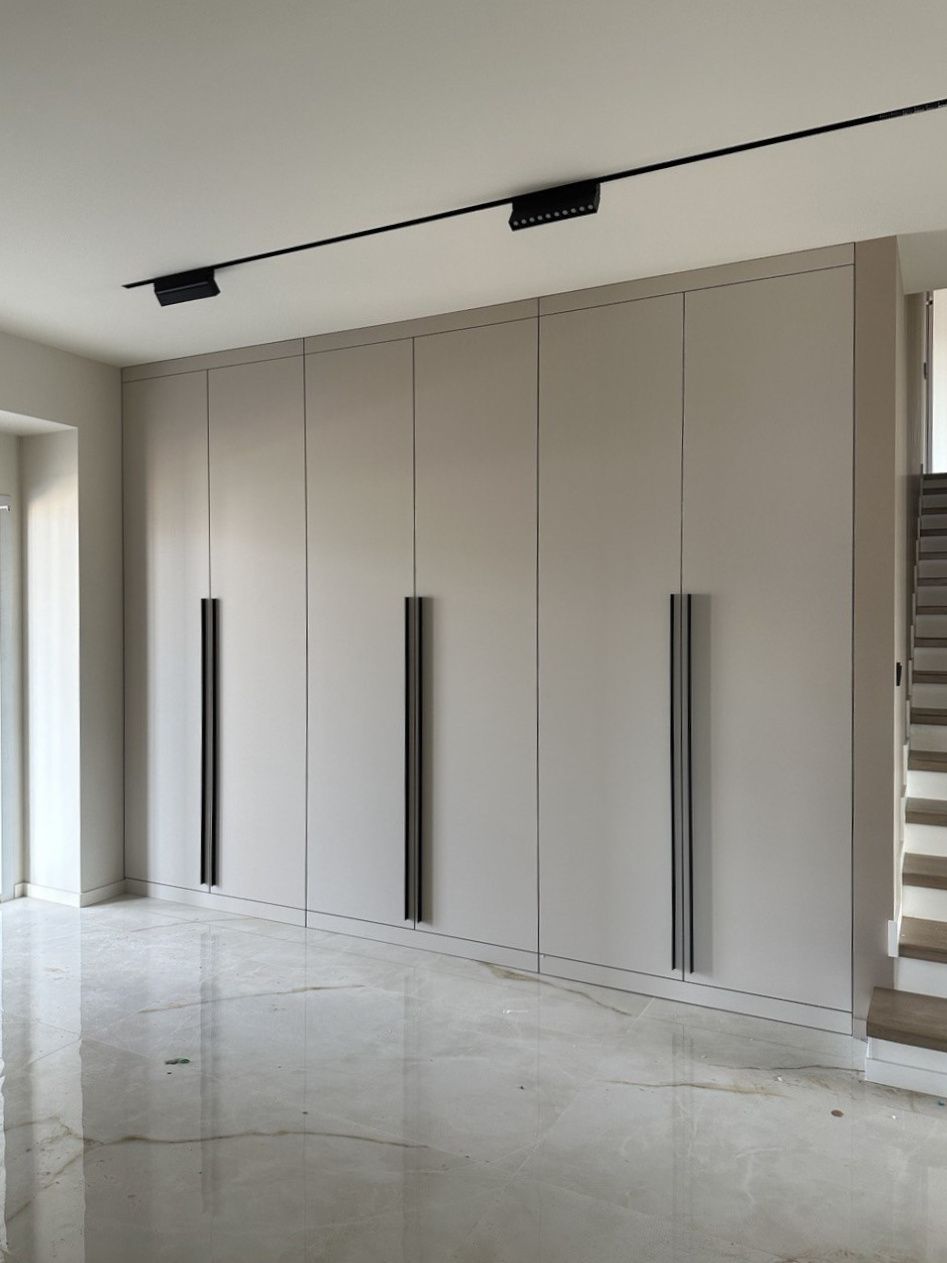
The Evolution of Culinary Spaces
The kitchen is no longer just a place for preparing meals; it has become the heart of the home where families gather, friends socialize, and life’s moments are celebrated. As such, transformative culinary space designs are redefining the functionality and aesthetic appeal of modern kitchens. These spaces are being crafted to cater to the diverse needs and preferences of homeowners, turning them into multifaceted environments that enhance the cooking experience and facilitate interaction.
Integrating Technology in the Kitchen
The integration of technology is a hallmark of transformative design. Smart kitchens are outfitted with connected appliances that can communicate with each other, offering unprecedented levels of convenience and efficiency. Voice-controlled gadgets, precision cooktops, and interactive surfaces are becoming commonplace in the culinary space. These technological advancements allow individuals to streamline their cooking process, manage recipes and ingredients, and maintain optimal kitchen conditions, all of which contribute to a more enjoyable culinary experience.
Maximizing Space with Innovative Storage Solutions
As urban living spaces become more compact, the need for innovative storage solutions in the kitchen is essential. Transformative designs incorporate hidden compartments, multi-functional furniture, and cleverly designed cabinets that maximize space without compromising on style. Organizational tools and accessories ensure that every utensil, appliance, and ingredient has its own designated place, contributing to a clutter-free and visually appealing environment. These storage solutions empower home cooks to maintain an organized kitchen that is both functional and beautiful.
Creating a Social Hub with Open-Plan Designs
Open-plan kitchens are a key element in transformative culinary space designs. They create a seamless flow between cooking, dining, and living areas, encouraging social interaction and making it easier to entertain guests while preparing meals. The open layout fosters a communal atmosphere where everyone can participate in meal preparation or simply enjoy the company of others. Combined with a well-thought-out design, open-plan kitchens can transform the culinary space into a social hub that epitomizes modern living.
Incorporating Sustainability in the Kitchen
Sustainability is a driving force in kitchen design, with homeowners looking to minimize their environmental footprint. Transformative culinary spaces are being equipped with energy-efficient appliances, eco-friendly materials, and systems for managing waste and resources. Features such as composting units, recyclable countertops, and water-saving fixtures are becoming more prevalent. By making conscious choices in the design and function of their kitchens, individuals are contributing to a greener future while also enjoying a space that is in harmony with their values.
Personalizing Through Customization
Transformative culinary space designs are about creating a personalized environment that reflects the homeowner’s tastes and lifestyle. Customization options range from the selection of color palettes and materials to structural alterations and bespoke furniture. This level of personalization ensures that every kitchen is as unique as its owner, offering a tailored space that is their own culinary haven. The personalized kitchen becomes an expression of identity, a place that perfectly aligns with the way the homeowner likes to cook, entertain, and live.
Conclusion: The Future of Culinary Spaces
Transformative culinary space designs are shaping the future of how we think about and use our kitchens. These spaces are evolving to accommodate advancements in technology, shifts in social dynamics, and a growing awareness of sustainability. As we continue to redefine the role of the kitchen in our homes, these dynamic and multifunctional spaces are set to become even more central to our daily lives. The culinary space of tomorrow promises to be more than just a place to cook—it will be a reflection of individuality, innovation, and environmental responsibility.